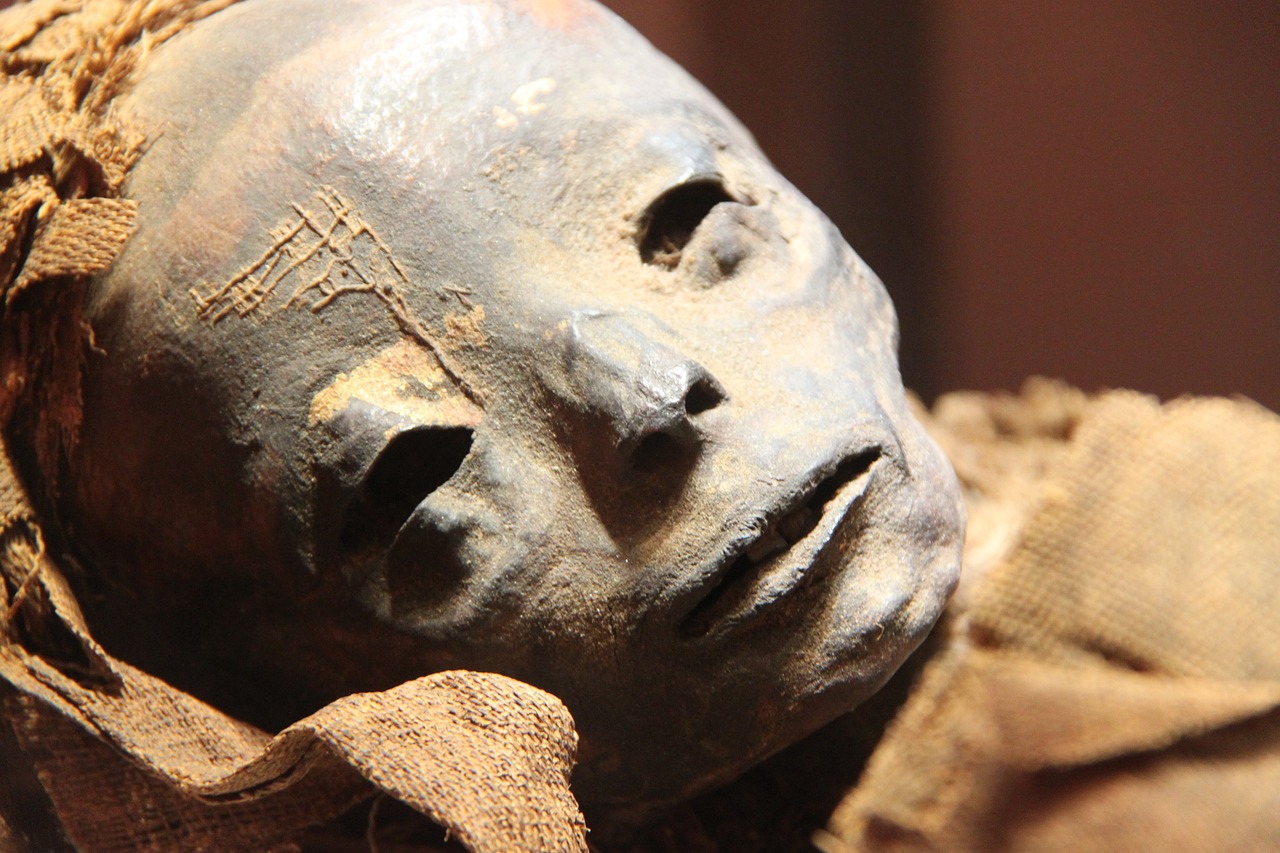In the northwestern region of suburban Cairo, buried beneath 20 meters of soil, lies ancient Iwn, a city that witnessed the genesis of existence itself. Known to the Greeks as Heliopolis, meaning the city of the sun-god, and referred to as Ain-Shams, or the eye of the sun, by the Arabs, this site is arguably among the oldest sacred places on Earth. Although much of its remnants remain concealed under layers of agricultural fields and modern developments, it stands as a significant tribute to Ra, the most revered deity in ancient Egyptian belief.
According to Egyptian lore, before the act of creation, only Darkness enveloped the Primeval Ocean, which would eventually nurture life. In a moment of readiness, the god Atum, the initiator of existence, called forth creation. From the ocean, an island appeared where Ra took form as the sun god, embodying the essence of divinity.
On this primordial hill, Ra birthed the first gods, Shu (representing Dryness and Air) and his counterpart Tefnut (representing Humidity). Their union led to the emergence of Geb, the Earth god, and Nut, the Sky goddess, who together inspired the essence of life. One of their notable offspring was Osiris, the Perfect Being, destined to preside over the world that Ra was meticulously crafting as he named its elements, with humanity emerging from Ra’s own tears.
Osiris became a gentle and insightful ruler, imparting knowledge of agriculture and civilization to people. Together with his sister and wife, Isis, they established a harmonious partnership built on creativity and magic. In stark contrast, their brother Seth was characterized by his strength and tumultuous nature; his overwhelming jealousy towards Osiris culminated in his fratricidal act to usurp the throne of Egypt. Despite her affections, Seth’s counterpart Nephthys found herself powerless to avert the tragedy.
However, the death of Osiris was not the end of his influence. With the mystical aid of Isis, he was momentarily resurrected, enabling them to conceive a son, Horus, who later exacted vengeance on Seth and reclaimed Egypt’s throne. Subsequently, Osiris transitioned to the Otherworld, where he governed the dead, thereby ensuring the continuity of life and resurrection.
The stories do not conclude with Osiris. As Ra advanced in age, humanity defied him, prompting his decision to seek retribution. He called upon his eye for assistance, which transformed into a fierce lioness, exacting vengeance on humankind with fervor. Witnessing the devastation, Ra empathized with the children born from his tears and halted the destruction, ultimately distancing himself from humanity. This exile initiated his voyage to the Otherworld, leading to the creation of a 12-hour day cycle as he traversed the sky from east to west, allowing all living things to thrive under his illumination. As night fell, Ra ventured into the Underworld, where he illuminated the departed, vanquished foes of creation, and rejuvenated himself alongside Osiris, the deity of revival.
At dawn’s arrival, Ra would emerge as a falcon, known as Hor-akhty or Horus of the Horizon, soaring high above. He also assumed the form of a scarab known as kheper, symbolizing rebirth and linking to the notion of self-creation. As midday approached, he resumed the shape of Ra represented by the sun-disk. By sunset, he transitioned into Atum, embodying the old man who completed his cycle and was poised to be reborn for yet another day.
Given these narratives, Ra has consistently held the title of the paramount deity within Egypt. During the Old Kingdom (circa 2800 BCE), as Egypt solidified its power structures, the divine king was regarded as the offspring of the Sun God. In coronation rituals, both titles—son of Ra and King of Upper and Lower Egypt—were inscribed in tandem. Pharaohs constructed grand temples dedicated to Ra, providing them with lands and clergy to maintain his worship, while also incorporating sun god chapels within their own tombs across the nation.
In the New Kingdom (approximately 1500–1000 BCE), a political deity named Amun attempted to overshadow Ra’s prominence. Nevertheless, the 18th dynasty’s rulers resisted this by boldly asserting Ra’s supremacy through the arts in the tomb decorations within the Valley of the Kings at Western Thebes, signifying the kings’ union with Ra in the afterlife. During King Akhenaton’s brief monotheistic reign, he proclaimed Ra as the sole deity, articulating hymns so exquisite that they later echoed through the biblical psalms of King David. Following this era, many Egyptian deities merged with Ra, forming new identities like Amon-Ra and Khnum-Ra.
Despite the passage of centuries and influences leading to the decline of Ra’s cult coinciding with the Roman takeover, his story continues to resonate deeply in modern Egyptian culture. The legacy of Ra finds echoes in folklore, where references to his fiery eye appear in contemporary songs and common sayings. The name Ra has permeated various facets of modern entertainment, revealing an enduring legacy akin to the daily rising sun.



